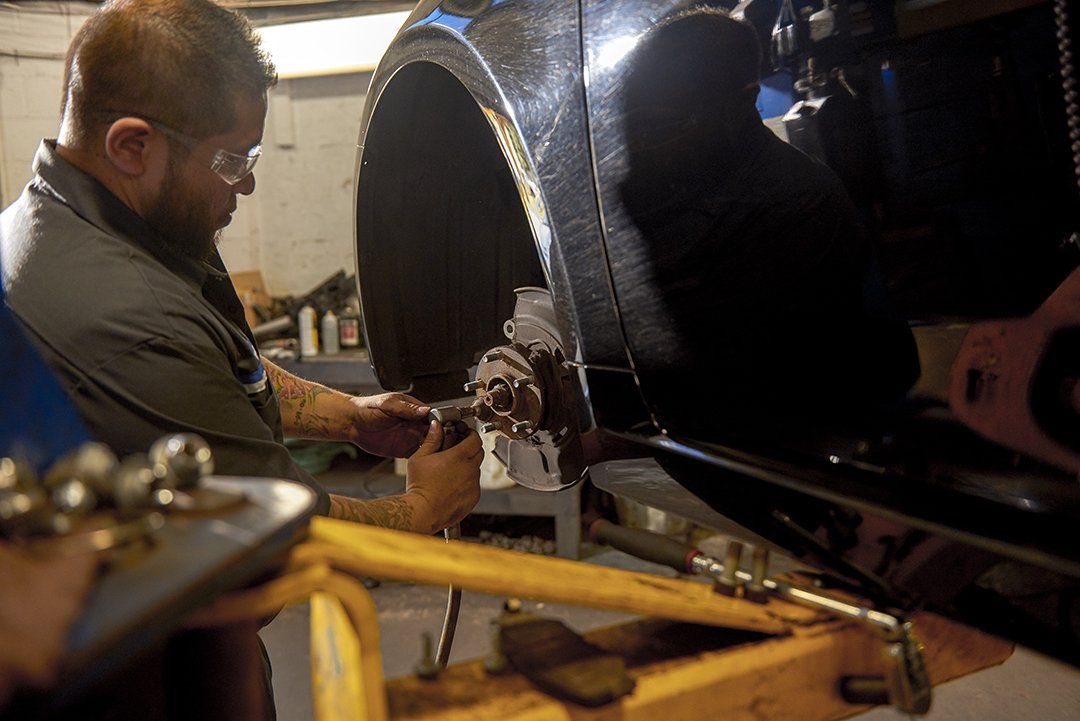Modern automobiles often come geared up with either Four-Wheel Drive (4WD) or Four-wheel Drive (AWD) systems, both developed to improve traction and control. While they serve similar functions, their applications and capabilities vary.
4WD systems, commonly discovered in trucks and SUVs, are engineered for off-road conditions and hefty towing. They enable drivers to switch between two-wheel drive (2WD) and 4WD settings, giving adaptability based on terrain and driving demands.

AWD systems, on the various other hand, are usually located in cars, terminal wagons, and cars. These systems immediately disperse power to all four wheels, improving traction in various driving conditions without driver intervention. While AWD supplies improved taking care of and stability, especially in adverse weather condition, it also introduces extra mechanical complexity, which might necessitate extra regular upkeep.
Regular inspections and maintenance are critical for both systems to make certain durability and dependability. Elements such as differentials, transfer situations, and hubs need to be routinely checked by qualified specialists. Proper maintenance not only stops expensive repair services however also guarantees that your automobile performs ideally, despite the driving problems.

Check for more info at Logan Square Auto Repair - Four-Wheel-Drive System Service & Repair Facebook Youtube Instagram
Navigation
Latest Posts
Enter Bill Walsh Ford Showroom – See The Latest!
Bill Walsh Ford - Featured New Vehicles – Secure Your Ideal Ride!
Maintain Your Vehicle Powered with Certified Solution Battery Substitute